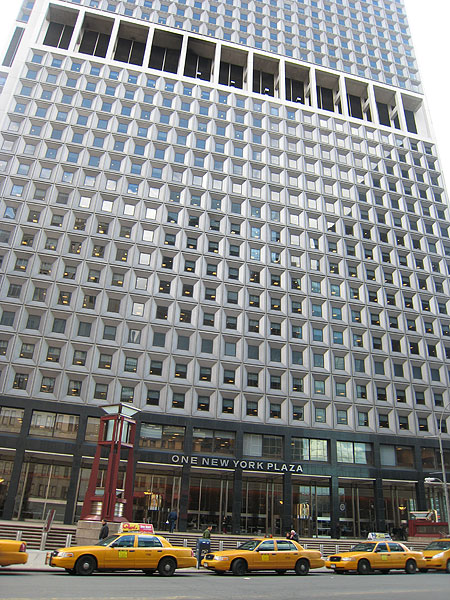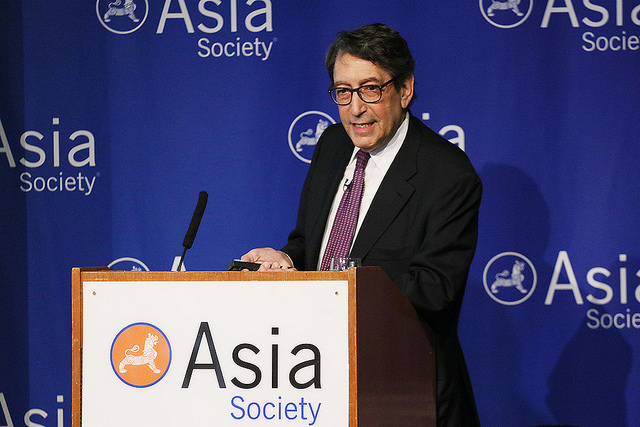Why China Will Keep Pumping Capital into the US Real Estate Market
Chinese investors spent more than $100 billion on U.S. real estate in the last five years, an amount that's expected to double by 2020. Can this pace continue?
By Alexandra Pacurar
China has quickly earned the title of Biggest Foreign Investor in the U.S. Real Estate Market, with investments in the residential and commercial sectors totaling $110 billion between 2010 and 2015, according to a recent study by the Asia Society and Rosen Consulting Group. With resonant deals like China Life’s acquisition of a landmark Manhattan office building for $1.7 billion or China Investment Corp.’s $700 million deal for a 49 percent stake in Brookfield Property Partners’ One New York Plaza office tower, the Asian state’s influence on the U.S. economy is undeniable.
Residential Deals Top China’s Investment List
Between 2010 and 2015, China invested $93 billion in residential real estate, with a spending growth rate of 20 percent, according to the report, “Breaking Ground: Chinese Investment in U.S. Real Estate.” The transactions were a breath of fresh air for the U.S. market, which was hit by the housing crisis. California, New York, Texas, Washington and Massachusetts are the primary markets where Chinese investors sought out residential properties.
“Even in those states, they targeted only a few cities. The New York metropolitan area, with New York, New Jersey and Connecticut. In California, the focus is on Los Angeles and Orange County on the one hand and the San Francisco Bay Area on the other,” Arthur Margon, a partner at RCG and one of the authors of the report, told Commercial Property Executive.
Commercial Investments Catch Up
Things are quite different in commercial real estate investment. The report points out that between 2010 and 2015, Chinese investors acquired $17.1 billion in commercial property, with half of all deals closed last year. While residential properties attracted more capital, the annual growth of commercial real estate acquisitions was a whopping 70 percent.
This spectacular rise will not define the coming cycle, though. “We don’t think that this rate will be maintained. It’s an extraordinarily high growth rate. With the money that’s already been invested, it keeps getting harder and harder to keep growing by 70 percent. It’s not going to stop, but the growth rate will slow down, and that should start happening in the next year or so,” Margon observed.
Amount of capital is not the only difference between Chinese investment in the residential sector and trades involving commercial properties. The geographic aspect is also particularly illustrative. “Commercial investment shows up in significant numbers in 33 states. That’s five times as many states than the investments in housing. That’s because people invest in something that they want, something income-producing that has a chance to grow a value. … For example, you just want to buy a hotel that has good financial prospects and doesn’t need to be near Stanford or Harvard. It can be in Iowa or in the middle of the country,” Margon said.
What the Future Holds
Upcoming years will bring a more tempered approach to investment that will reduce the gap between Chinese residential and commercial investments. “It depends on the government policy, both in China and in the United States. It is very unlikely, but it’s possible for the U.S. to develop policies that would make it more difficult for offshore investors to buy houses in the United States,” Margon said.
On the other hand, the Chinese government is already discussing ways to slow capital outflow through more careful enforcement of laws and regulations so it takes longer to invest outside of the country. “We can see the residential investments slowing—not being cut off but slowing down in the next couple of years. The commercial investments will also be slowing down, but still be very, very large. You’ll get a narrowing of the gap between the two. But it’s going to take quite a while for the commercial to catch up,” Margon predicted.
Chinese direct investments across existing U.S. commercial real estate assets and residential purchases (excluding new development projects) could still total at least $218 billion, cumulatively, from 2016 through 2020, the report shows. Beyond 2020, Chinese investment in U.S. real estate could accelerate further, thanks to a widening pool of Chinese investors. “The pension funds haven’t started investing at all in the United States. All over the rest of the world they do. We expect that to happen. Another large source of capital is the Chinese version of the private equity funds. That’s also just starting in China,” Margon said.
The significant influx of Chinese capital could destabilize the market, but that hasn’t been the case so far. “In commercial areas, as well as in financial areas, if Chinese capital is too aggressive in terms of buying properties or getting a loan, that can lead to asset price rises that don’t really reflect the underlying state of the property, overleveraging it and making the market susceptible to mere corrections—it didn’t happen yet,” Margon said. Of course, the same theory applies to domestic investors.
Overall, experts expect a strong market for the next couple of years, with robust foreign capital pouring into the U.S. real estate market, possibly shifting from Class A to Class B properties. Barring policy changes or unforeseen circumstances, it will be hard to knock China off its perch.









You must be logged in to post a comment.